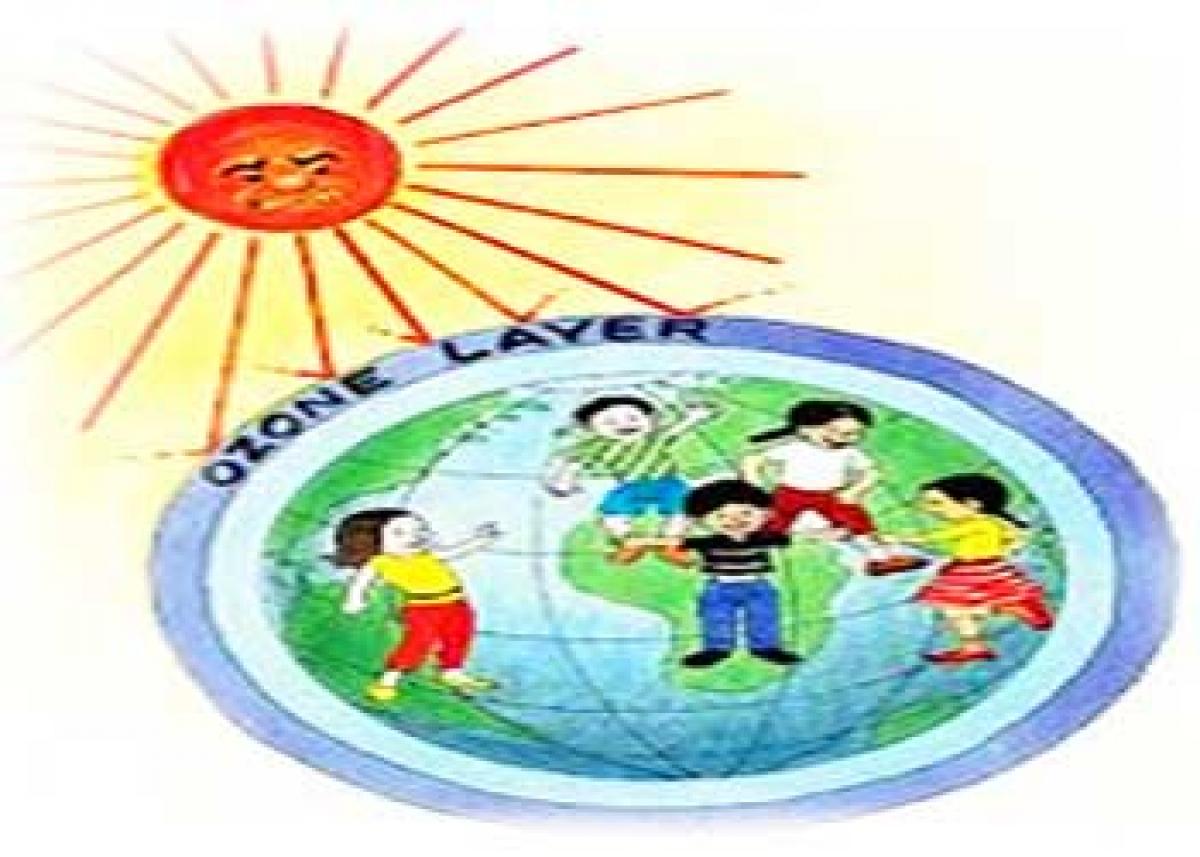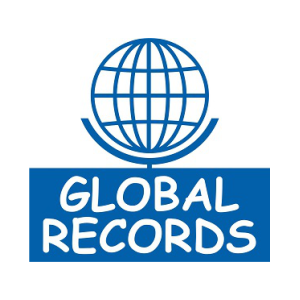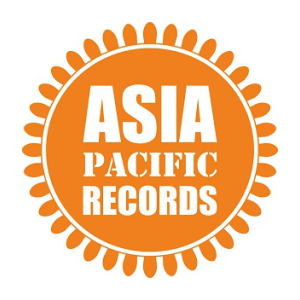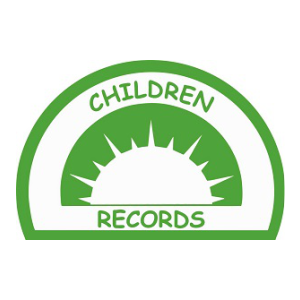Ozone Day

International Day for the Preservation of the Ozone Layer
Life on Earth would not be possible without sunlight.
But the energy emanating from the sun would be too much for life on Earth to thrive.
However, the ozone layer, a fragile shield of gas, protects the Earth from the harmful ultraviolet portion of the rays of the sun, thus helping preserve life on the planet.
Sunlight makes life possible, but the ozone layer makes life as we know it possible.
So, scientists raised the alarm on discovering that humanity was creating a hole in this protective shield, Ozone layer. The hole was caused by ozone-depleting gases (ODSs). It was threatening to increase cases of skin cancer and cataracts, and damage plants, crops, and ecosystems.
The global response was decisive. In 1985, UN adopted the Vienna Convention for the Protection of the Ozone Layer. Under the Convention’s Montreal Protocol, governments, scientists and industry worked together to cut out 99 per cent of all ODSs. Thanks to the Montreal Protocol, the ozone layer is healing and expected to return to pre-1980 values by mid-century.
World Ozone Day, held on September 16, celebrates this achievement. It shows that collective decisions and action, guided by science, are the only way to solve major global crises.
Vienna Convention for the Protection of the Ozone Layer
The scientific confirmation of the depletion of the ozone layer prompted the international community to establish a mechanism for cooperation to take action to protect the ozone layer. This was formalized in the Vienna Convention for the Protection of the Ozone Layer, which was adopted and signed by 28 countries, on 22 March 1985.
Montreal Protocol
In September 1987, this led to the drafting of The Montreal Protocol on Substances that Deplete the Ozone Layer. The principal aim of the Montreal Protocol is to protect the ozone layer by taking measures to control total global production and consumption of substances that deplete it, with the ultimate objective of their elimination on the basis of developments in scientific knowledge and technological information. It is structured around several groups of ozone-depleting substances. The groups of chemicals are classified according to the chemical family and are listed in annexes to the Montreal Protocol text. The Protocol requires the control of nearly 100 chemicals, in several categories. For each group or annex of chemicals, the Treaty sets out a timetable for the phase-out of production and consumption of those substances, with the aim of eventually eliminating them completely.

Premier Records Processing Authority !!
Global Records & Research Foundation
Head Office : A 19, Savitri Green 2, Gazipur Road, Zirakpur, Dist. SAS Nagar, Punjab (India) Pin 140603
# +91 9915049550 , +91 9317949550
info@grrfrecords.com , grrfrecords@gmail.com



